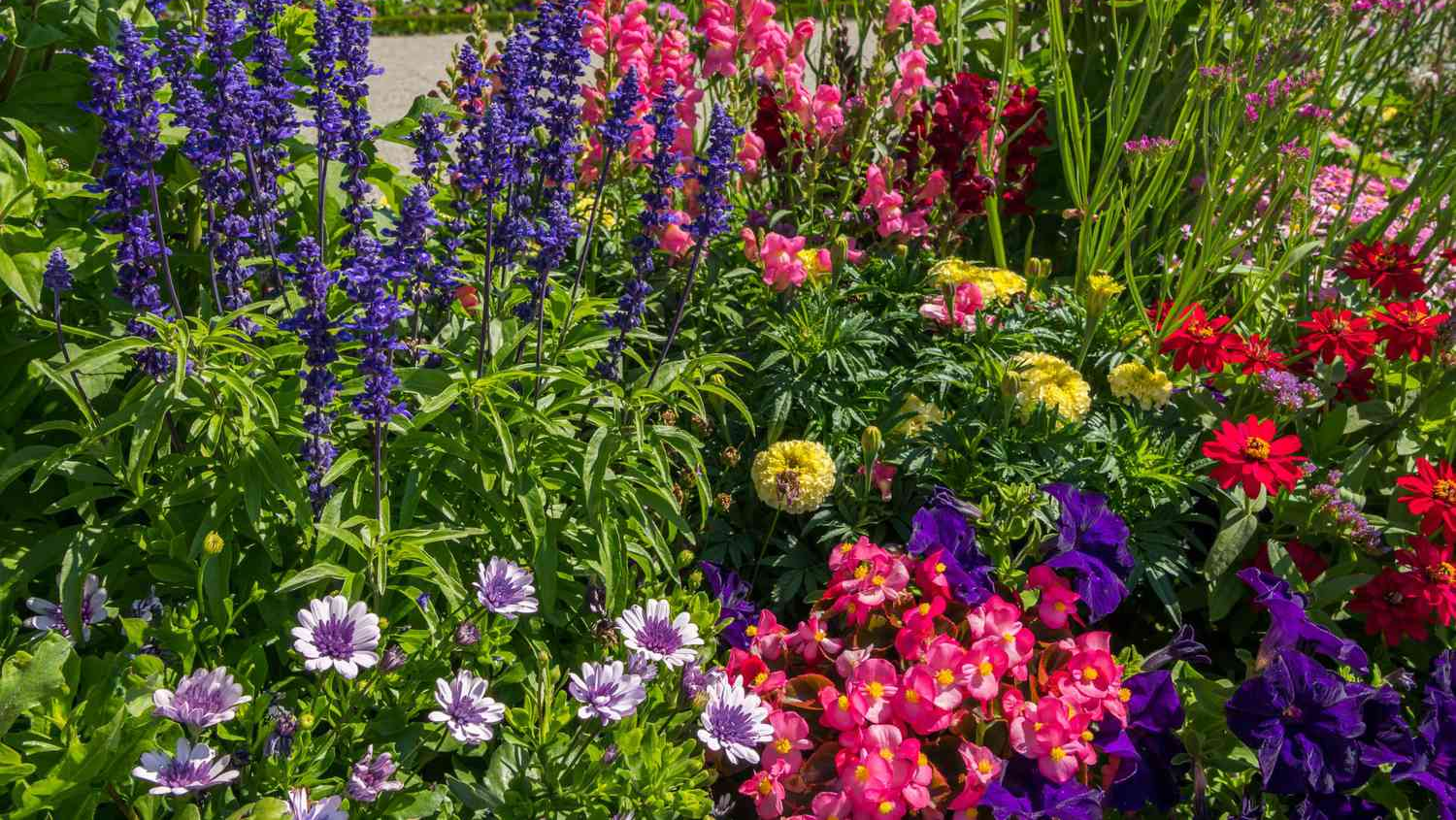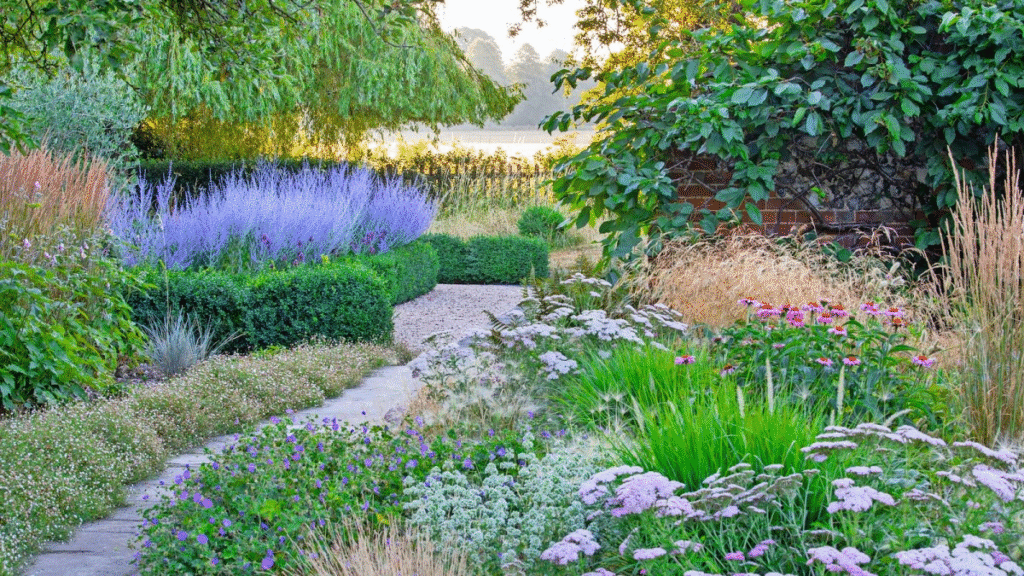
As global temperatures rise and water becomes a more precious resource, home gardeners, landscapers, and city planners are shifting focus to plants that require less moisture. These are called drought-tolerant plants. They’re not only beautiful and diverse, but they also help conserve water, reduce gardening effort, and support local ecosystems.
Whether you’re living in a desert climate or simply looking to cut back on your water usage, drought-tolerant plants offer a sustainable, attractive solution. From cacti and succulents to tough flowering shrubs and hardy herbs, there’s a wide selection available for every type of garden.
Let’s explore why these resilient plants are becoming a popular choice and how you can start using them too.

Climate change is one of the main reasons why drought-tolerant landscaping is gaining attention. Many regions across the world, including parts of the U.S., the Middle East, Africa, and Australia, are experiencing longer, hotter, and drier seasons.
Traditional lawns and thirsty plants require constant watering, which places pressure on already limited water resources. According to the U.S. Environmental Protection Agency (EPA), nearly 9 billion gallons of water are used daily for landscape irrigation, much of which goes to waste due to evaporation or runoff.
By switching to drought-tolerant plants, homeowners can significantly reduce their water consumption, lower their bills, and still enjoy a green, lively outdoor space.
Here are some of the most popular drought-tolerant plants that thrive with minimal watering:
1. Lavender:
Loved for its purple blooms and calming scent, lavender grows well in full sun and dry soil. It’s also a favorite for pollinators like bees and butterflies.
2. Succulents (like Aloe Vera and Echeveria):
Succulents store water in their leaves, allowing them to survive long periods without moisture. They’re great for pots, rock gardens, and minimalist landscaping.
3. Agave:
Native to hot climates, agave is a bold and architectural plant. It requires almost no water once established and adds a striking look to desert or modern gardens.
4. Russian Sage:
This woody perennial has silvery foliage and purple-blue flowers. It’s both drought-tolerant and deer-resistant, making it perfect for low-maintenance landscaping.
5. Rosemary:
A delicious herb for cooking, rosemary doubles as an attractive shrub. It thrives in dry, sandy soil and can handle the heat with ease.
6. Coneflower (Echinacea):
These tough wildflowers come in many colors and attract butterflies. They survive on rainfall alone in many regions.
7. Bougainvillea:
A tropical-looking climber with vibrant flowers, bougainvillea is perfect for walls and fences in hot climates.
Choosing drought-tolerant plants is just the first step. Here are a few additional tips to make your garden more water-efficient:
Use Mulch:
Mulching helps keep soil moisture in and weeds out. Organic mulch like bark or wood chips can reduce evaporation by up to 70%.
Group Plants by Water Needs:
Plant species with similar water needs together. This prevents overwatering and ensures each plant gets exactly what it needs.
Choose Native Plants:
Native plants are already adapted to your local environment and typically need less water, fertilizer, and care.
Install Drip Irrigation:
A drip system waters plants directly at the roots, minimizing waste and maximizing efficiency.
Water Deeply and Less Frequently:
Instead of shallow, daily watering, opt for deeper watering sessions a few times a week. This encourages roots to grow deeper and become more drought-resistant.
The trend of xeriscaping a form of landscaping designed specifically for dry climates is no longer just for desert states like Arizona or countries like UAE. Even in cities with moderate rainfall, people are now embracing drought-tolerant design to conserve resources.
Cities such as Los Angeles, Cape Town, and Melbourne are offering rebates and incentives for residents who replace traditional lawns with drought-tolerant landscapes. Public parks, schools, and office complexes are also starting to adopt water-wise planting strategies.
In Dubai, for example, urban planners are incorporating more native and drought-resistant species into city landscaping projects. These changes not only save water but also lower maintenance costs and provide long-term environmental benefits.

While water savings are the top reason for choosing drought-tolerant plants, there are other big advantages too:
Drought-tolerant plants are more than just a gardening trend they are a practical, sustainable solution for a world facing uncertain water resources. Whether you’re a homeowner looking to redesign your backyard or a developer planning a large-scale landscape, these plants offer beauty, resilience, and responsibility.
Making the switch doesn’t mean sacrificing greenery or style. In fact, with thoughtful planning and smart plant choices, your garden can be even more stunning than before while being better for the planet.
Start small. Add a few drought-tolerant plants to your yard or balcony. Observe how they thrive with minimal care. Before long, you may be inspired to go full water-wise in every corner of your outdoor space.
Read More:– Deyaar’s Latest Announcement Shakes Up the UAE Property Market
